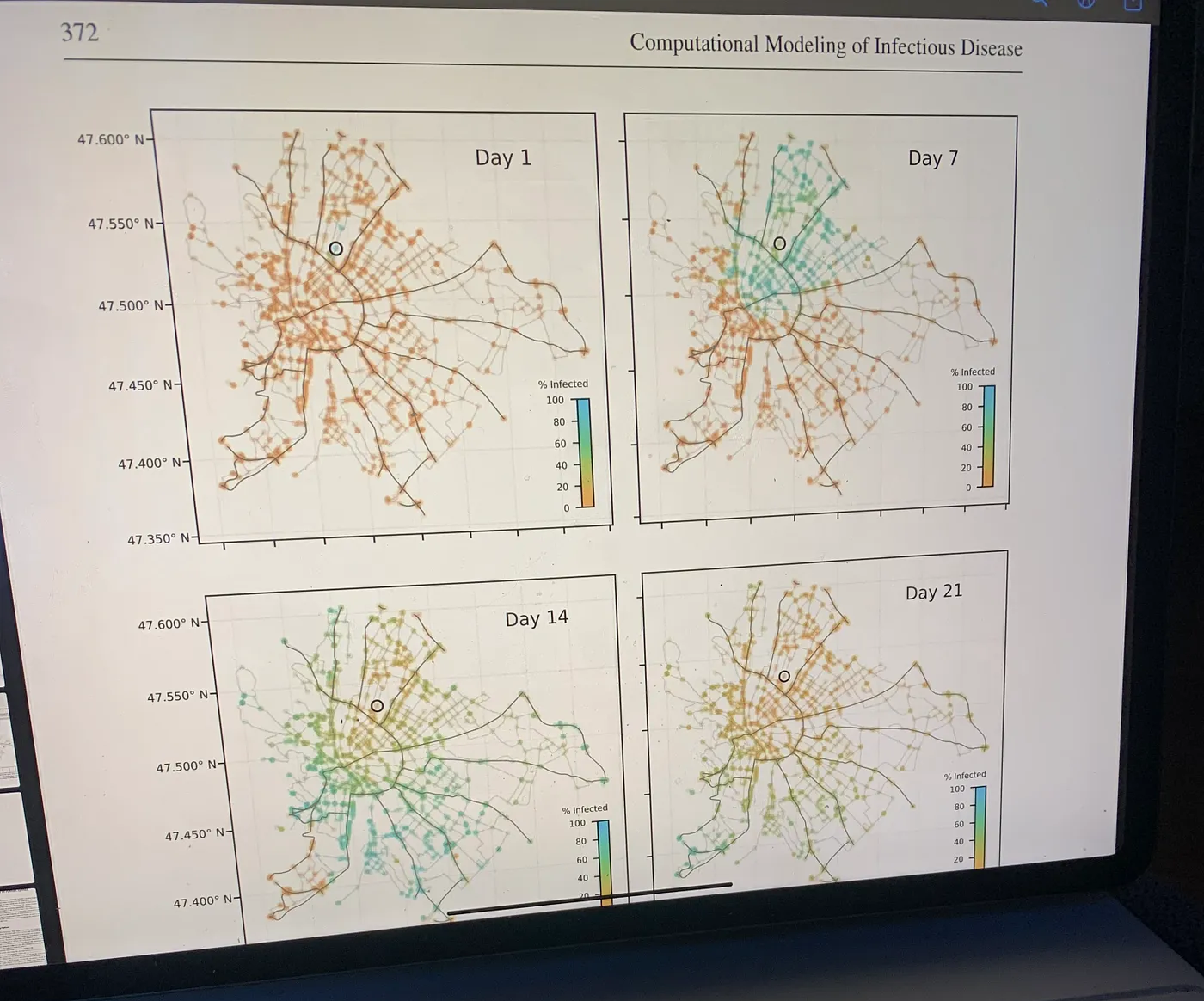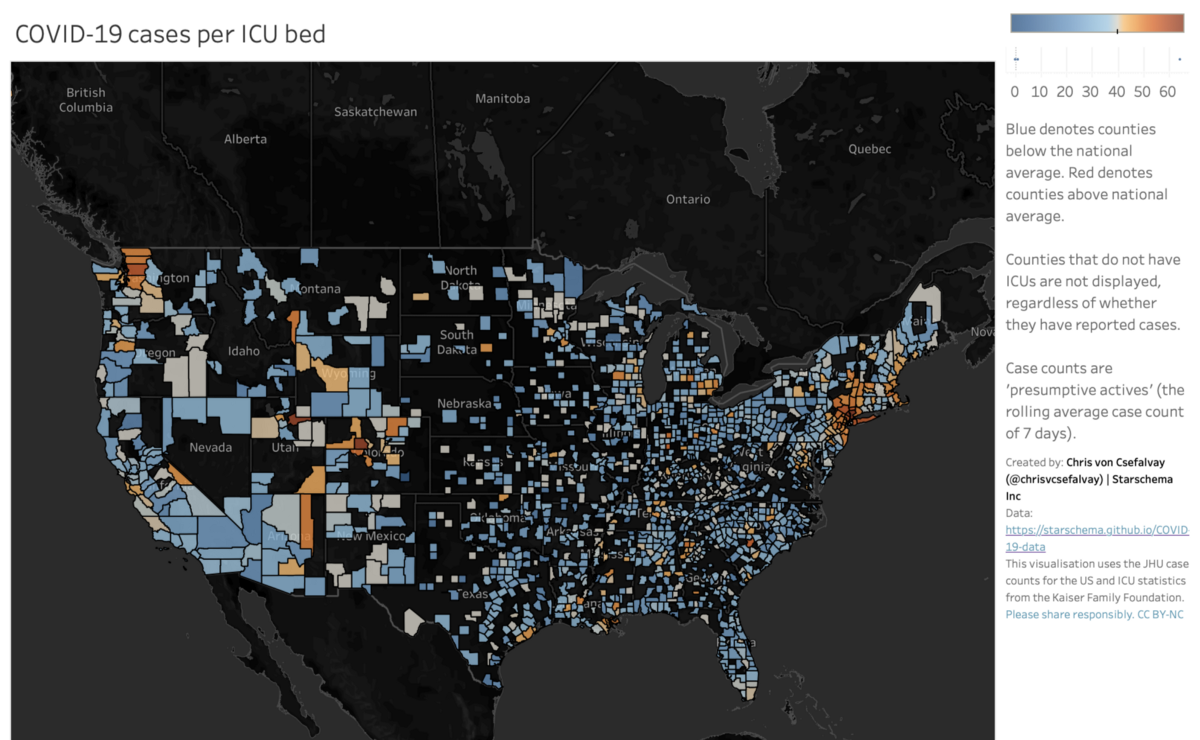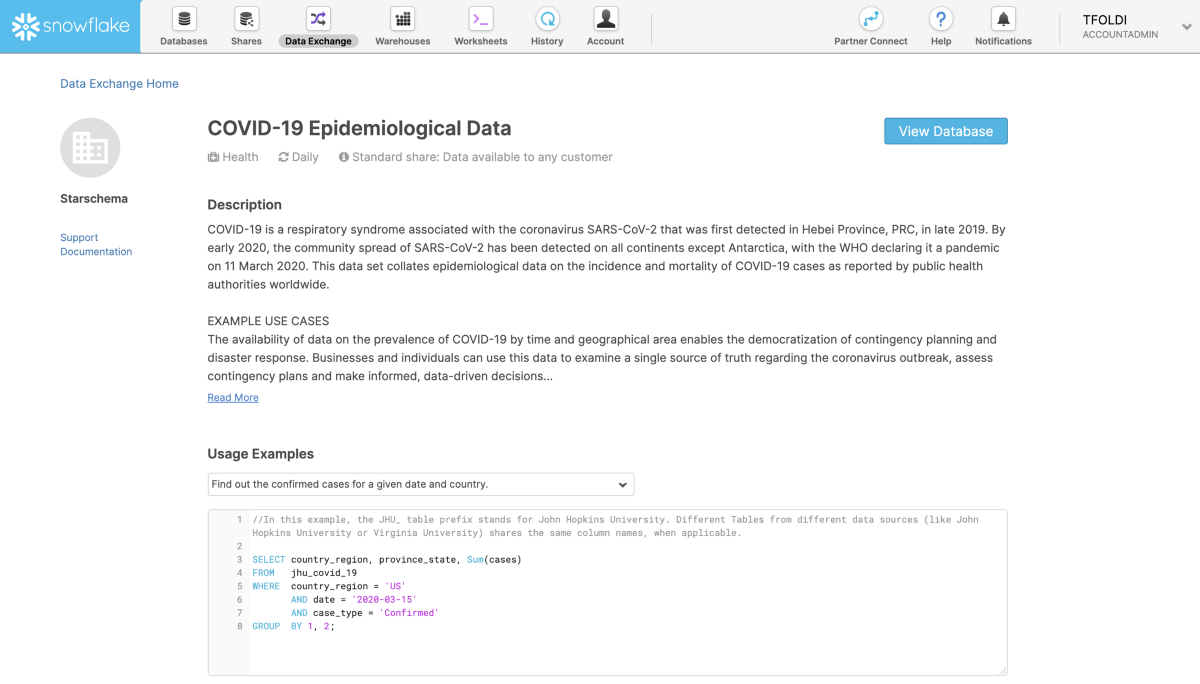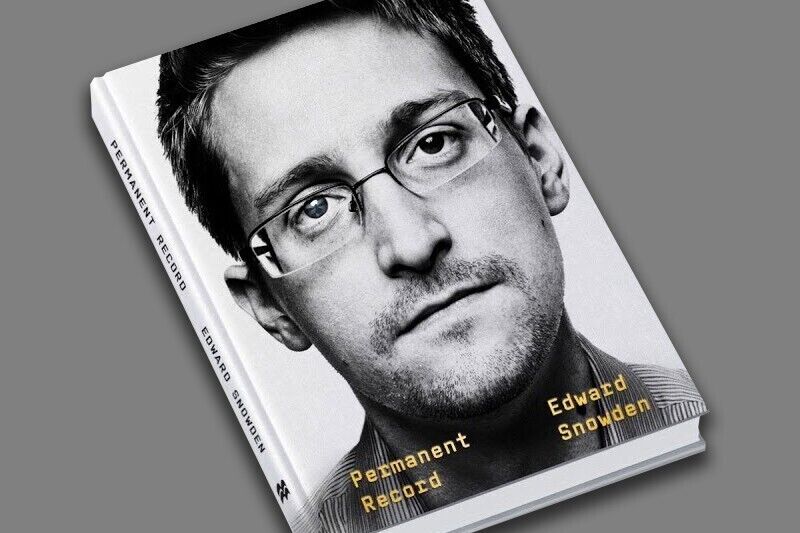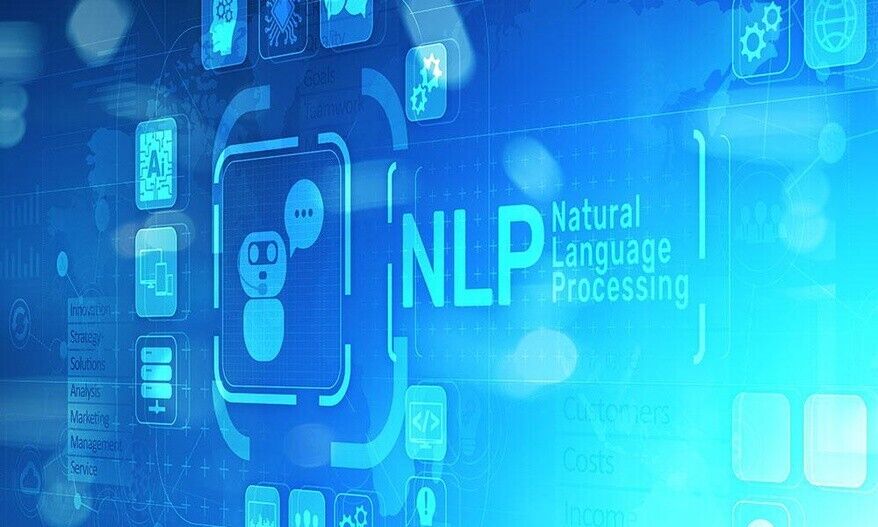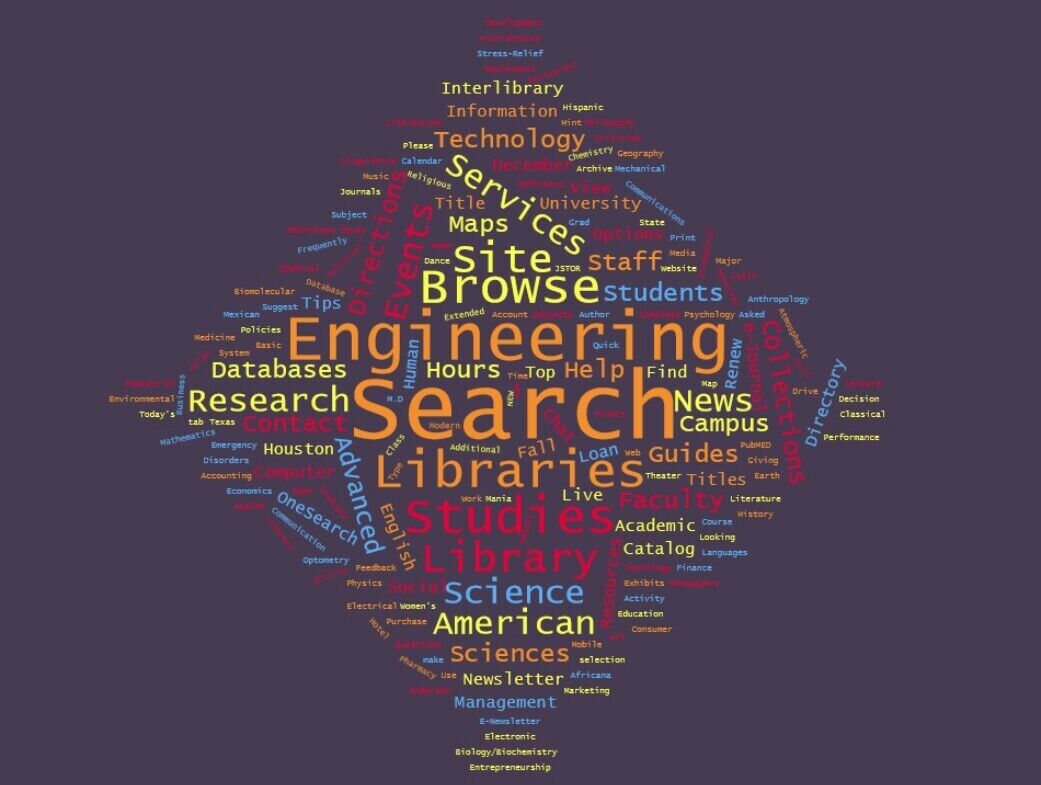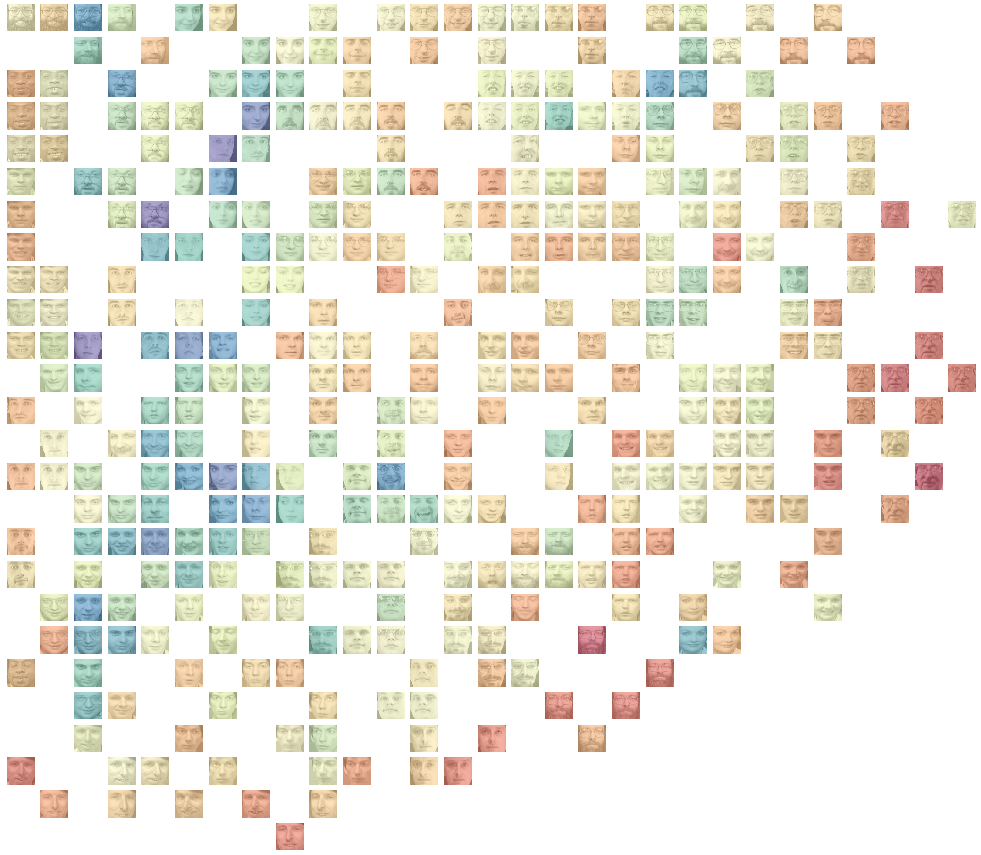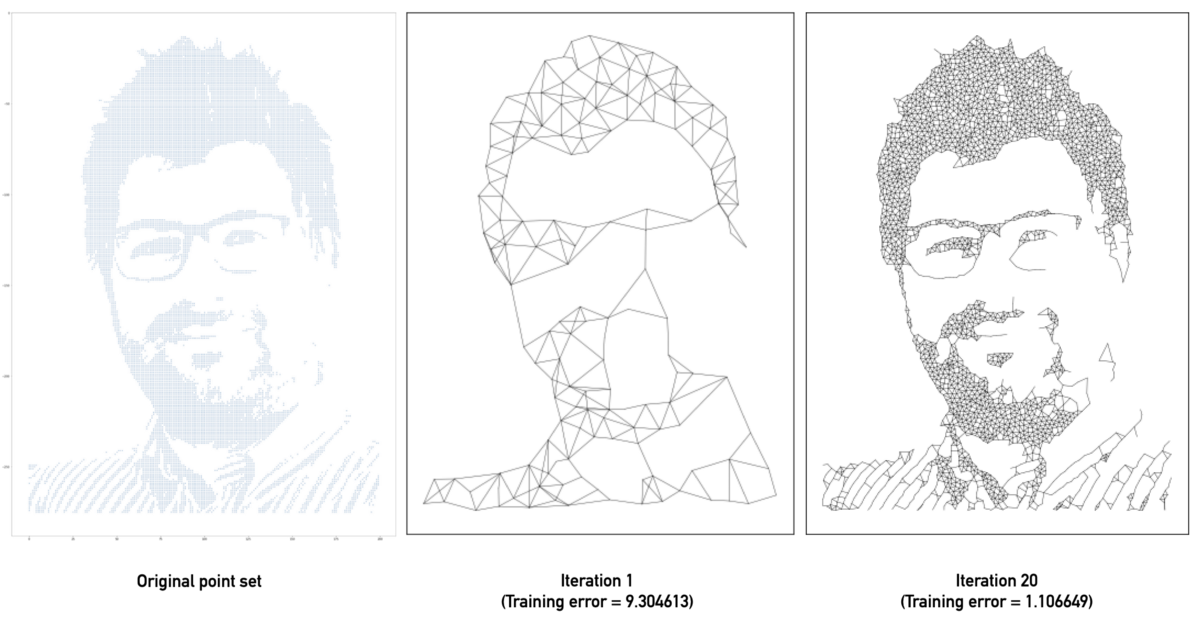Data Science
The Knowledge Dividend of LLMs: a pragmatic perspective
Learn what LLMs like GPT-4 know, how they know it and what this means for users with this pragmatic look at knowledge in large language models.
A No-Nonsense Approach to Large Language Models for the Enterprise pt. 3
See the results of experiments with GPT and other LLMs in enterprise use cases to set realistic expectations and get the most from the technology.
Avoid the Pitfalls of Causality Analysis
Learn the basics of the most popular root cause analysis methods and find out how to apply them to uncover KPI divers and improve decision-making.
A No-Nonsense Approach to Large Language Models for the Enterprise pt. 2
Learn how OpenAI and its open-source competitors fare in terms of performance, price and security in an enterprise context—based on real-world experiments.
Profitable Location Data Monetization — 3 Lessons from a Telco Company
Get best practices for turning your organizational data into a lucrative revenue stream, based on actual project experience at a major telco company.
A No-Nonsense Approach to Large Language Models for the Enterprise pt. 1
Ignore the hype around large language models like ChatGPT and find out from data scientists where the real opportunities lie for the enterprise.
Overcoming Data Science Challenges in Biosensor Analytics
AI and biosensor analytics will change healthcare as we know it - if companies can deliver the right solutions. See how this is playing out.
Consumer Goods R&D with Automated Product Stability Forecasting
See how a Fortune 50 company used an ML-driven solution to digitalize testing and improve the speed and cost-effectiveness of research and development.
Asemantic Induction of Hallucinations in Large Language Models
See how you can get GPT-4 to hallucinate and what it tells us about how GPT and similar language models arrive at their outputs.
Can We Put a Lie Detector on ChatGPT?
Find out how a ChatGPT-like generative AI solution could be equipped to make it a reliable source of information for business use cases and beyond.
Data for the Next Pandemic
Data has made all the difference in this pandemic. Learn how we need to prepare for the next using modern methods of infectious disease modeling.
Five Healthcare AI/ML Trends to Watch for in 2023
Learn about the technologies and approaches transforming healthcare, including AI in patient safety, decentralized clinical trials and more.
Data Science Trends to Rule 2022
Stay ahead of data science trends and learn how to approach the most promising technologies to drive innovation and gain competitive advantage.
8 Best Practices for Working with Your Data Science Vendor — from Data Scientists
Get practical advice from Starschema data scientists to optimize your workflows for better productivity and results from your next project.
The COVID Tracking Project is Shutting Down in a Week. What Next?
The COVID Tracking Project has been one of the most successful citizen-driven data collection projects in history. Driven by The Atlantic and supported by an army of volunteers, it has collected the nuggets of information about testing and case counts, often beating federal and state authorities to the race...
Fighting the COVID-19 pandemic with data and context
COVID-19 and the first war of data science - Starschema Blog - Medium
Arguing with Edward Snowden - Starschema Blog - Medium
Text preprocessing in different languages for Natural Language Processing in Python
Predictive maintenance helped win a war. Now, it can help you outpace the competition.
A comprehensive guide to text pre-processing with python
Answering the big questions (this time, in chemistry)
Create a map of Budapest districts colored by income using folium in Python
PART 2 – Ever wondered how to draw a map of less common geographical areas? And color them based on some data? This pair of tutorials shows how to build this from scratch! First, you need to construct the…
JIT fast! Supercharge tensor processing in Python with JIT compilation
Digging deeper into ensemble learning - Starschema Blog - Medium
PART 2 – Have you ever wondered how combining weak predictors can yield a strong predictor? Ensemble Learning is the answer! This is the second of a pair of articles in which I will explore ensemble learning…
Combine your machine learning models for better out-of-sample accuracy
PART 1 – Have you ever wondered how combining weak predictors can yield a strong predictor? Ensemble Learning is the answer! This is the first of a pair of articles in which I will explore ensemble learning…










